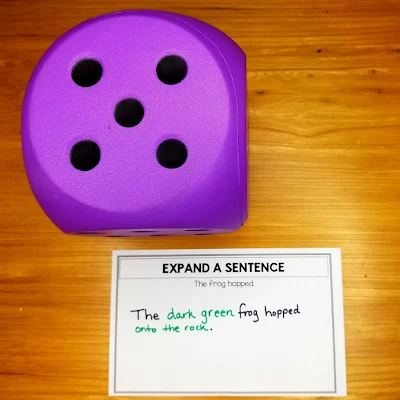Are some of your students struggling to grasp the standard algorithm for long division? Fret not! These 5 ideas may be just what you've been looking for to boost the confidence and fluency of your students when tackling long division. Picture this - a classroom buzzing with excitement as students conquer long division. Dream big!
Before diving into the standard algorithm for division, students need a solid foundation in understanding the concept of division. Rather than jumping into the rote application using the algorithm, it might be beneficial to take a step back. Use manipulatives to represent the division process, use simpler numbers, and embed problems within relevant contexts.
5 Ways to Support Learners with Mastering Long Division:
1. Scaffolding the Process: Do some of your students find multiplication hindering their grasp of long division? Introduce working template worksheets that target the division process. These differentiated templates offer varying levels of multiplication support, allowing students to concentrate on mastering the steps of long division without letting multiplication get in the way.
Here is another option for differentiated working templates for Teaching Long Division with 1 Digit Divisors.
2. Small Groups: Break down the long division process into manageable steps. In groups of four, assign each student a specific step in the process of long division (divide, multiply, subtract, bring down) and rotate through 4 problems. This collaborative approach gives students practice for each step, promoting a deeper understanding of the long division process.
3. Remove the Numbers: Start with word problems minus the numbers. Remove the numerical values and fill them in later to address the different readiness levels of your students. This strategy encourages students to discuss the problem-solving process without fixating on getting the correct answer. Look at the resources you already have and simply white out the numbers and get your students talking about the process first.
4. Color Code: Support students' understanding of the algorithm by color coding each step in a different color: divide, multiply, subtract, bring down. This is an effective strategy to support students if they get stuck because the color code system can provide a visual guide to help facilitate the process.
5. Math Mystery: Add an element of intrigue when practicing long division with fun, interactive activities like math mysteries. Students solve division problems and use the answers to eliminate suspects. Correctly solve the problems and declare the mystery solved. Get your FREE long division math mystery today!




.JPG)




.JPG)


